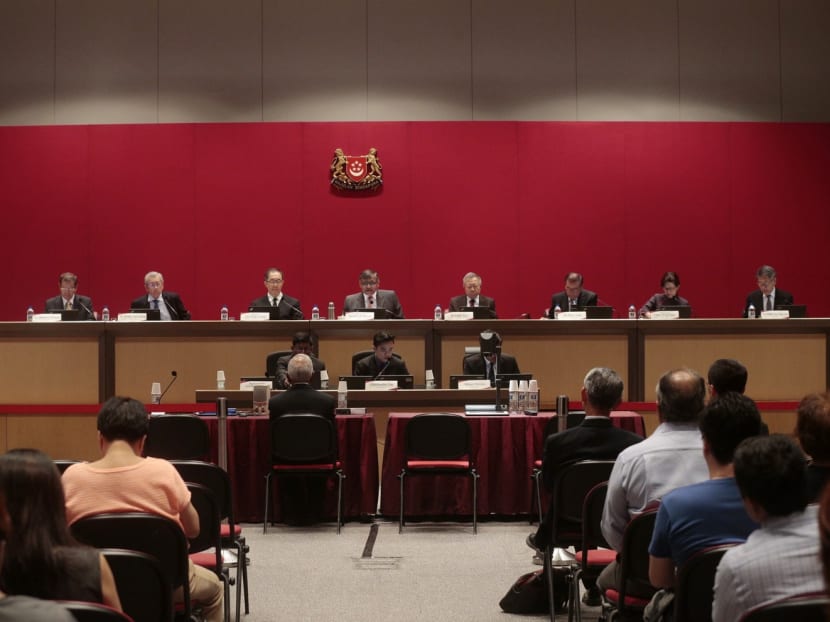Panel notes downsides to other proposed models to ensure all races are represented
SINGAPORE — A Group Representation Model, akin to the Group Representation Constituency (GRC) system in parliamentary elections, where a candidate is required to contest the polls on the same ticket with a running mate would run the risk of “entrenching any perceived marginalisation of minority races”, the Constitutional Commission said.
SINGAPORE — A Group Representation Model, akin to the Group Representation Constituency (GRC) system in parliamentary elections, where a candidate is required to contest the polls on the same ticket with a running mate would run the risk of “entrenching any perceived marginalisation of minority races”, the Constitutional Commission said.
This is particularly if the President is frequently from the majority race, and the supporting office holder from a minority race. “This would not achieve the goal of securing minority representation in the highest office in the land,” it said in its report released yesterday.
In this system, the running mate would be installed either as the Vice-President, the Speaker of Parliament, or the Chairman of the Council of Presidential Advisers (CPA).
As for the “rotating helm” system, where the President and the running mate take turns to occupy the Presidential Office by swapping roles midway through the term, it is also problematic, said the commission.
“The regular switching of roles and the consequent reduction of individual tenures will be disruptive, especially so for an office such as that of the President where continuity is vital, given that he is supposed to serve as a unifying symbol.”
The commission also considered the creation of the office of the Vice-President in both variants as “undesirable”, noting that it was unclear if there would be sufficient meaningful responsibilities to engage a full-time Vice-President. It cited comments made by then-Deputy Prime Minister Goh Chok Tong in Parliament, to explain the reason for dropping the idea of the Vice-President as a running mate during the debates following the Second Reading of the 1990 Elected Presidency Bill.
Mr Goh had said: “Our reason for dropping it is the difficulty of finding a running mate for the President. He does not have a full-time job. If we have a Vice-President and you do not allow him to hold office of profit or a job, other than his particular position, how do you occupy his time?”
“It is a practical problem. We do not want to have a very high-powered man who can be your President to be doing nothing for six years,” Mr Goh had noted.
The commission also rejected another variant of the Group Representation Model, which drew inspiration from the system in Bosnia and Herzegovina. Under this model, the Presidency would be a three or four-man office, with each seat reserved for a person from a different race. It noted that impasses might arise, if the co-Presidents do not agree on matters.
In any case, the commission considered that the system in Bosnia and Herzegovina, created against the backdrop of warfare, to be of little or no relevance to Singapore’s context.
There was also the suggestion of making changes to the electoral system to ensure the election of minorities into office. Candidates would have to secure a minimum amount of valid minority votes, for instance between 30 and 40 per cent, to be elected as President, as well as securing the most number of votes in the election. If no candidate satisfies both requirements, run-off elections would be held.
The commission said that run-off elections would render the whole process “cumbersome and complex”, and the focus on racial voting patterns would run counter to the principle of racial equality. It had also considered the model of pre-assigned cycles, where particular presidential elections would be reserved for persons from a specific ethnic group.
For example, elections would proceed on a three-term cycle, with the first term assigned for Chinese candidates, the second for Malay candidates, and the third for Indians or other ethnic groups.
Again, the commission did not favour this model since, among other things, it goes against the principle of racial equality, and might even impede any progress towards a race-blind society. TAN WEIZHEN







